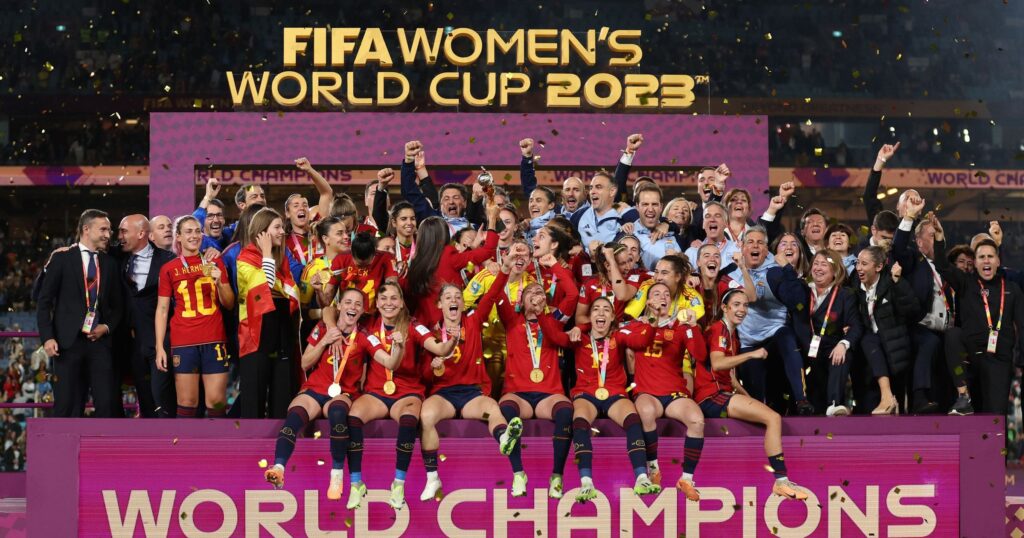The FIFA Council has made a groundbreaking decision to elevate the Women’s World Cup format significantly. Starting in 2031, the tournament will expand from 32 teams to an impressive 48 teams. This historic change is set to restructure the very nature of the competition, aiming to foster growth in women’s football on a global scale. With the introduction of this larger format, fans can anticipate a thrilling 104 games spread across 12 groups. This represents an increase of 40 matches compared to the previous tournament held in 2023, showcasing FIFA’s commitment to enhancing the sport.
In the 2023 Women’s World Cup final, England faced a heartbreaking defeat at the hands of Spain. As the future unfolds, England is poised to host the tournament once again in 2035, sharing the honor with neighboring jurisdictions including Northern Ireland, Scotland, and Wales. This collaborative hosting arrangement signifies a joint effort to promote and celebrate women’s football across the British Isles, with an aim to harness local enthusiasm and support for the event.
The unanimous decision made by the FIFA Council reflects a broader ambition to develop women’s football infrastructure in various countries. FIFA President Gianni Infantino expressed his optimism about this development, stating that it offers a remarkable opportunity for nations to enhance their women’s football frameworks. “This is a chance for countries to benefit from the tournament, enabling them to refine and grow their women’s football structures,” Infantino passionately noted. He added that such a decision is crucial for sustaining the momentum in growing women’s football on a global level.
The upcoming Women’s World Cup is set to take place in Brazil in 2027, offering the world a chance to enjoy this fast-evolving sport while it transitions into this new era. Following Brazil, the first World Cup under the new expanded format will occur in 2031, with the United States and Mexico leading the hosting duties. This combination of locations not only reflects FIFA’s commitment to North America’s role in sports but also promotes visibility and accessibility for fans and aspiring players alike.
FIFPro, the global representative organization for professional footballers, has emphasized that the growth of women’s football should be mirrored at all levels of the sport. They have voiced concerns that while the expansion of the World Cup is a positive step forward, the decision-making process must include all relevant stakeholders to ensure continued support from the players. “The World Cup expansion is a testament to the global growth of women’s football,” FIFPro emphasized. Nevertheless, they underscored the necessity for inclusive planning, advocating for labor conditions that protect and enhance players’ rights and welfare.
“To truly achieve sustainability, expansion, and meaningful progress, the global development of women’s competitions must be related to improved labor conditions for players and ongoing development initiatives lower down the football pyramid,” FIFPro asserted. Such an outlook reflects an understanding that the future success of women’s football rests not only on grand tournaments but also on grassroots development and the overall health of the sport.
In conclusion, the expansion of the Women’s World Cup represents a significant step toward fostering a more inclusive and vibrant footballing landscape. With the potential to increase participation rates and create more competitive environments for women athletes, the 2031 tournament is set to be a landmark event in the evolution of women’s football. By weaving together the fabric of competitive play with the aspirations of a new generation of players, FIFA is not just expanding a tournament; it is redefining the future of women’s sports globally. Fans and stakeholders alike can look forward to witnessing the intricate unfolding of this grand vision in the coming years.



